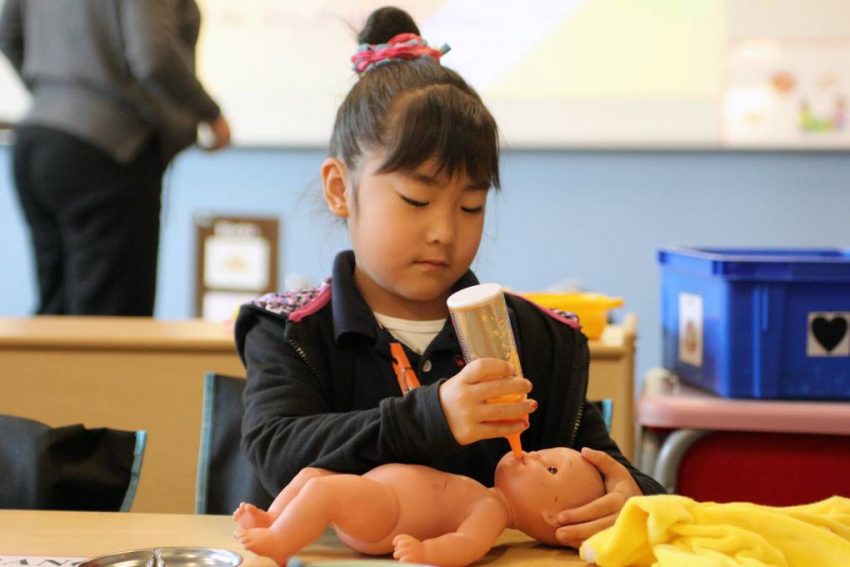
“We don’t should see it as a selection between play or teachers, play ought to be teachers for preschoolers,” stated Alissa Mwenelupembe, the senior director for early studying program accreditation on the Nationwide Affiliation for the Schooling of Younger Kids (NAEYC).
However what does that seem like? Specialists and educators typically agree on a few main principles relating to high quality play for younger youngsters: It ought to be a defining function of the day and never only a transient diversion, like recess; there ought to be some ingredient of selection — permitting youngsters to select an exercise and resolve how one can pursue it; it ought to be satisfying and spontaneous; and usually, a supportive grownup ought to present at the very least some steerage and assist reinforce educational and social emotional ideas.
Past these tenets, what studying via play appears like on the bottom — or playground, because the case could also be — can range tremendously primarily based on a program’s strategy or philosophy. Play in early ed settings is extra deliberate and nuanced — to not point out vital — than the informal observer realizes.
“While you’re truly actually being intentional with how they’re going to play, they do choose up much more and so they perceive much more,” stated DeLeon.
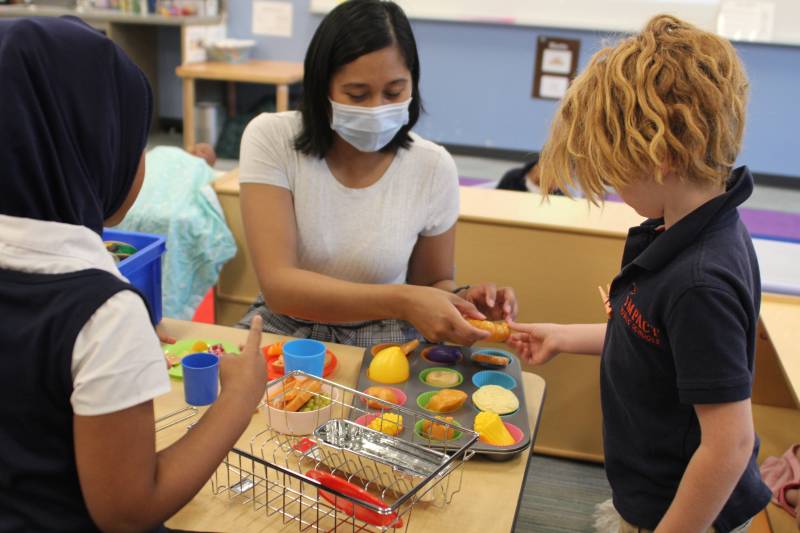
At Impression Salish Sea Elementary, one among three elementary constitution colleges within the Seattle space run by Impression Public Faculties, educators concentrate on “imaginary play,” like pretending to run a restaurant or hospital, as a software to show younger kids self-regulation and cognitive abilities. The strategy is partially impressed by Russian developmental psychologist Lev Vygotsky, who noticed imaginative play as a critical activity to help a baby’s improvement. This differs from “immature play,” the place kids “don’t work together with one another and flit from factor to factor,” stated Deborah Leong, co-founder and president of Instruments of the Thoughts, the group behind the curriculum utilized by Impression and dozens of other school districts and constitution colleges nationwide.
Academics act as “play mentors” to assist kids develop and create a situation, construct props, and plan out their play. School rooms embrace themes — like grocery retailer or dwelling — and remodel their house accordingly. Kids have round 90 minutes every day for this play time.
This each day expertise in the end helps the event of “mature” play, the place kids are in a position to keep in fake roles for an extended time period, Leong stated. “It’s the muse for having the ability to think about a world that’s totally different from what you’re residing in,” she stated.
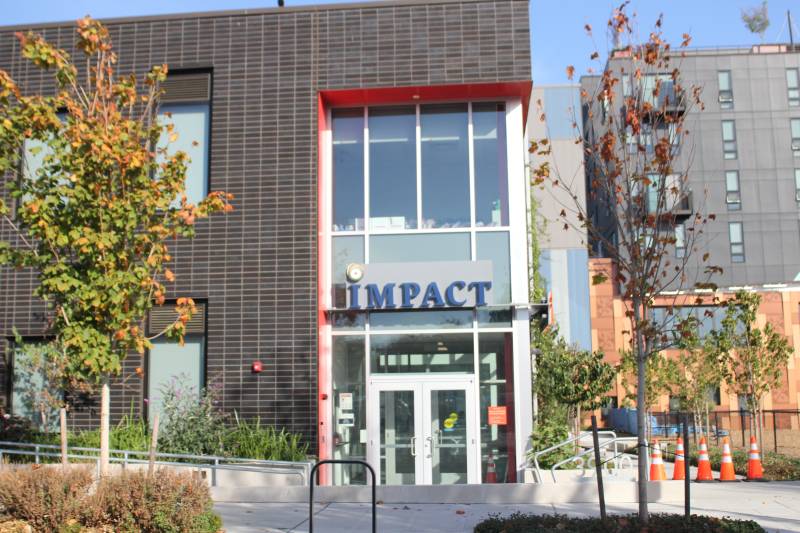
Just some weeks into the varsity yr, the scholars at Impression Salish Sea have been nonetheless studying the routines of their transitional kindergarten classroom, a yr meant to organize 4- and 5-year-olds for kindergarten. Play interval started one mid-October morning with college students selecting a colourful clothespin from a board and affixing it to their shirt. The totally different colours of the clothespins corresponded to numerous play facilities within the classroom. As kids fanned out throughout the room, the classroom’s two academics circulated. They stopped to observe numerous college students, asking questions on their play, and inspiring them to rely as they used blocks to construct rocket ships or drawback clear up when the water within the sink grew to become too chilly. When a younger cost approached DeLeon after the doll she needed was taken by one other pupil, DeLeon inspired her to go speak to her peer and attempt to work it out.
Whereas such lecture rooms can look totally different from conventional elementary lecture rooms, and even seem chaotic at occasions, college students are certainly studying how one can work together with their friends and solidifying early math, science and literacy abilities. “It’s not simply play for play’s sake,” stated Lauren Ellis, senior director of early studying at Impression Public Faculties, although free play can be vital, she added. College students at Impression additionally obtain practically an hour of recess a day, play video games all through the day and have a block of free play close to the top of the day.
Having frequent alternatives to play is one thing specialists with NAEYC search for when assessing the standard of preschools. Whatever the college’s curriculum or strategy, NAEYC evaluators need kids to be engaged in play and have some selection about their actions for a “substantial” a part of the day, stated Mwenelupembe.
One signal of high quality play is when kids are interacting with supplies and friends, she added. Academics ought to be asking questions that “stretch” rising data, and serving to kids navigate conflicts.
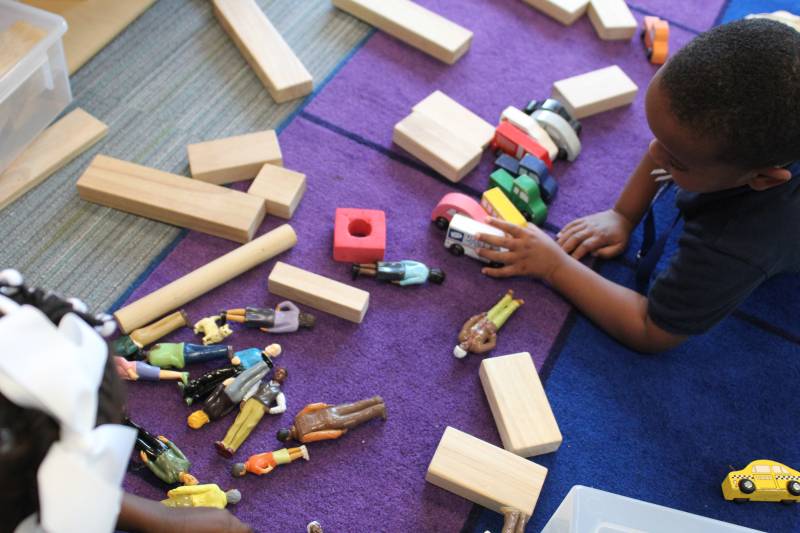
Play will be seen as a spectrum, starting from direct, teacher-led instruction on one finish, to free play on the opposite, stated Kathy Hirsh-Pasek, a professor of psychology at Temple College and senior fellow on the Brookings Establishment. Whereas there are advantages to different kinds of play, the candy spot for lecture rooms is within the center at “guided play,” she added, the place kids play with a studying purpose in thoughts and educators present light steerage. That doesn’t, nonetheless, embrace actions that some academics might view as play, she added, like making letters out of Play-Doh. “That’s direct instruction in play garments,” she stated, since kids are being instructed precisely what to do with their supplies.
But some play advocates lean extra towards a type of free play that features no adult-directed studying purpose or instructor route. AnjiPlay, a philosophy that originated within the Zhejiang Province of China about 20 years in the past and has pilot applications world wide, supplies kids with at the very least two hours of uninterrupted out of doors play every day utilizing supplies like ladders, barrels and climbing cubes. Kids have extra play time inside, learn each day and spend time reflecting on their play via drawings and dialogue.
The purpose, as said on the group’s web site, is to allow “deep and uninterrupted engagement” in a selected play exercise. Whereas academics are available, they don’t steer or information college students in any respect.
“Kids make the excellence between play that belongs to them, and play that’s coming from any individual else,” stated Jesse Coffino, CEO of Anji Schooling, Inc. and chair of the True Play Basis. “I don’t see guided play as play,” he stated. “There’s particular studying outcomes that an grownup has determined are vital.”
Any such child-led, free play is useful and all too typically missing, stated Doris Bergen, a distinguished professor emeritus at Miami College of Ohio’s Division of Academic Psychology whose analysis has targeted on youngster improvement and play. Bergen finds it worrisome when “kids have an excessive amount of structured time once they’re younger,” including that they need to be permitted to make up their very own guidelines and pursue their very own pursuits at the very least a part of the time. “They should have some management, and a while the place they’re deciding what to do … and the place to be, and what to make use of.”
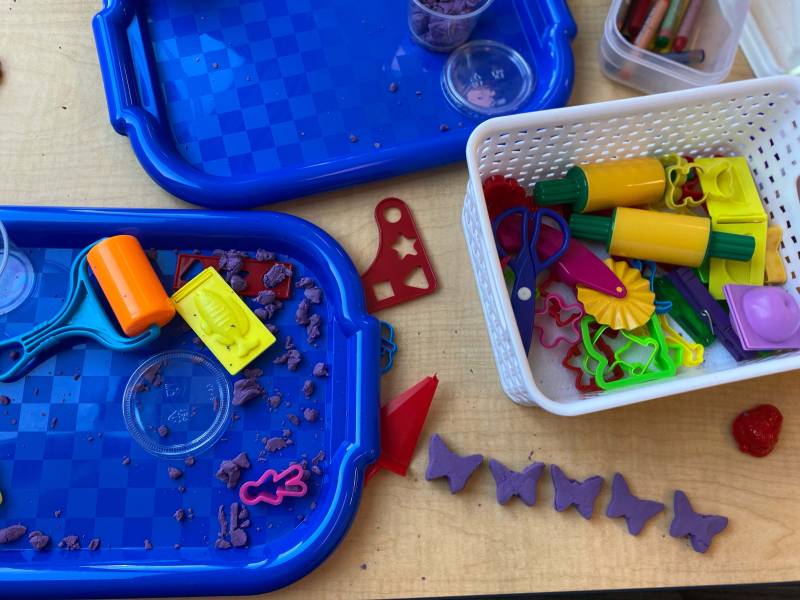
The obstacles to introducing extra play alternatives will be formidable: Rigorous educational ideas are sliding down to the preschool years as youngsters are prepped for more difficult early elementary grades. As well as, analysis reveals academics might not have help for play-based studying from some college principals who don’t perceive that younger kids study most readily via play, or academics might get pushback from parents who concern kids received’t be ready for kindergarten. Play and free-choice time will be much more restricted in lecture rooms that serve high rates of low-income, Black or Hispanic children, analysis reveals.
Given the constraints many academics are below when introducing or expanding play time, some specialists strive to not get consumed in debates over strategy. As a substitute, they are saying, they advise educators to get going nonetheless they will.
“Any quantity of play somebody brings, we ought to be celebrating it,” stated Sally Haughey, a former early childhood educator who taught in private and non-private settings for practically 20 years earlier than founding a company that trains educators in play-based studying. Academics who wish to embrace extra play can begin just by including some student-led play time of their day, she added.
“Begin with what’s freely chosen and simply maintain increasing it.”
Even when academics have a strict curriculum to show, it’s doable to infuse extra play, stated Temple’s Hirsh-Pasek. “It’s redoing the mindset of the way you train the curriculum,” she added, like swapping out a worksheet about numbers with a bodily exercise the place youngsters can leap, run and evaluate distances to find out about counting, including and subtracting. Extra coaching and help might assist. “It’s crucial that we begin placing it in instructor preparation proper now,” she stated.
Amber Unger, a pre-Ok instructor in Milwaukee who has been educating for 14 years, encourages academics to take a look at their schedules to seek out a couple of minutes a day so as to add or increase free-choice play. If academics sometimes begin the day with desk work, for instance, she suggests swapping that out with play time, even simply as soon as per week to begin. Unger’s efforts are supported by her district, which has embraced a play-based strategy to pre-Ok, however she is aware of different academics who don’t have that help. “All of us have totally different conditions,” she stated. “You simply have to do the perfect you may with the data and expertise you might have.”
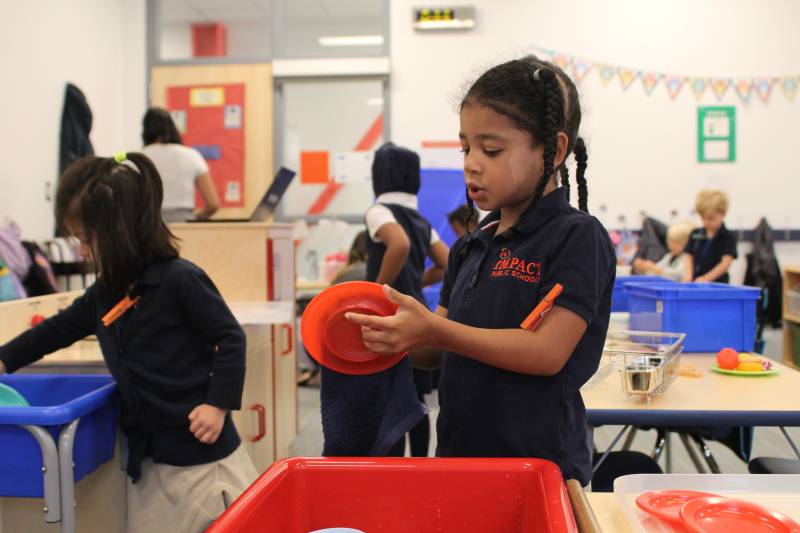
Unger, who additionally runs a website which helps academics incorporate play-based studying methods, slots a “play workshop” into her longest, uninterrupted block of time every day. Throughout that point, kids are free to play at 17 totally different facilities round her classroom. Over the previous few years, she has elevated the quantity of play in her room by on the lookout for alternatives to make moments “playful” in the course of the day: encouraging college students to fake to be butterflies whereas strolling down the hallway or utilizing playful actions to bolster abilities taught throughout transient intervals of direct instruction, like making patterns out of shells and corks. “Play is the car to make that occur,” she stated. “I 100 p.c, confidently consider that play permits our college students to apply what we’re educating them.”
Nonetheless, Unger stated it’s taken years of analysis and apply to nurture her strategy to play-based studying, and she or he continues to be studying and discovering what works greatest for her college students. “I undoubtedly see extra alternatives for play than what I did 5 years in the past,” she stated. “I used to be so hung up on doing play ‘proper’ … There isn’t a proper means and a flawed solution to do play.”
















